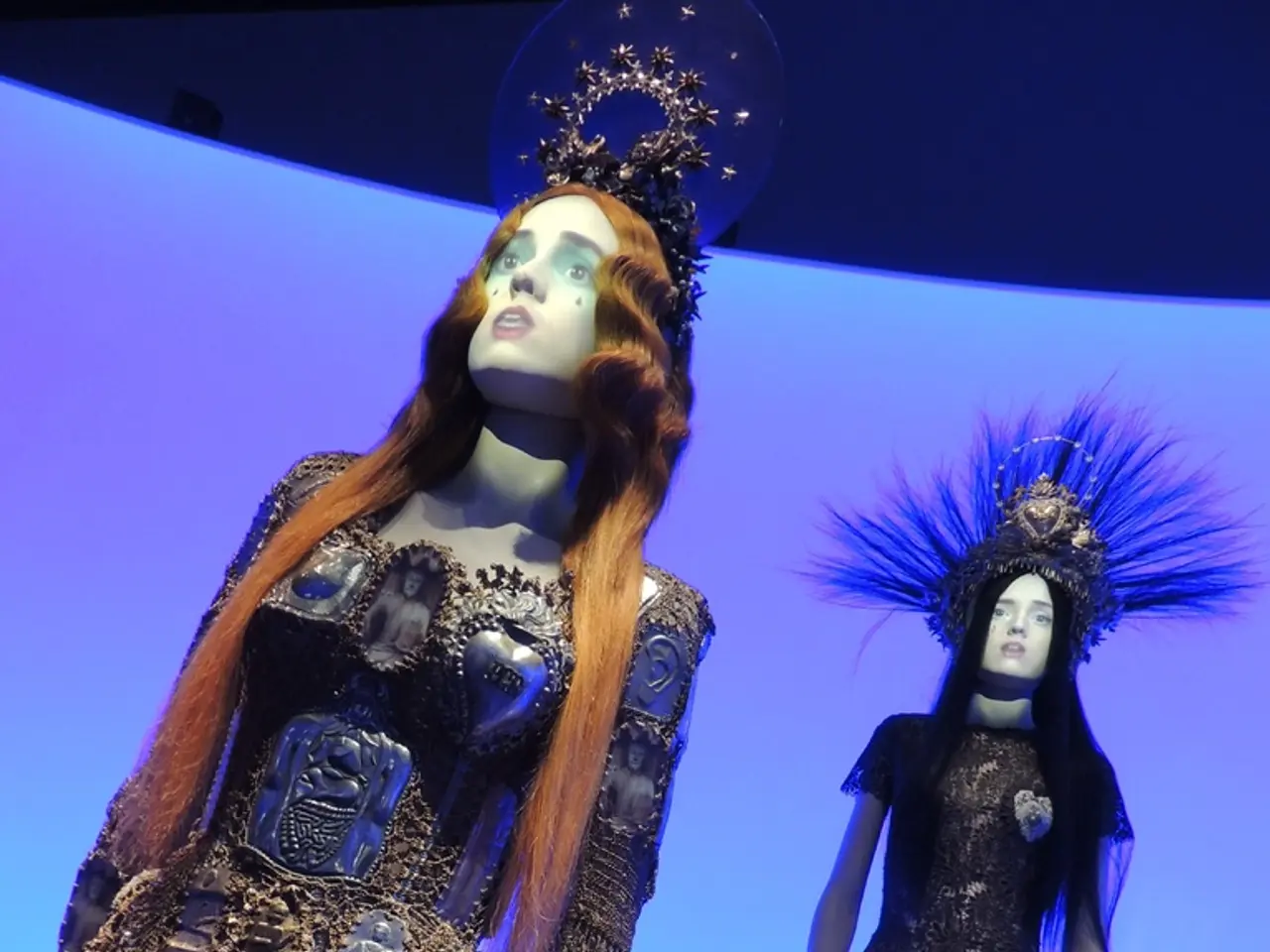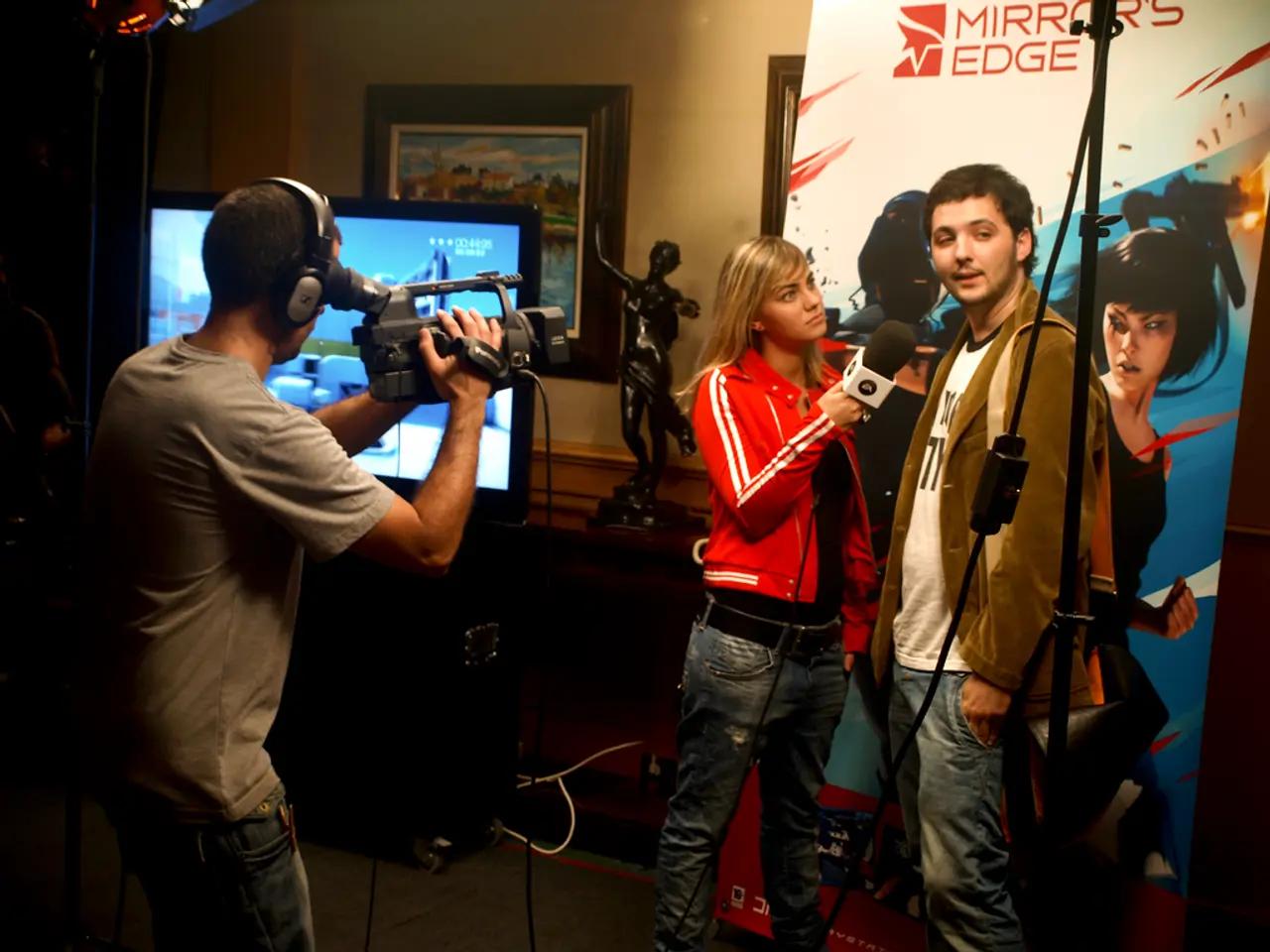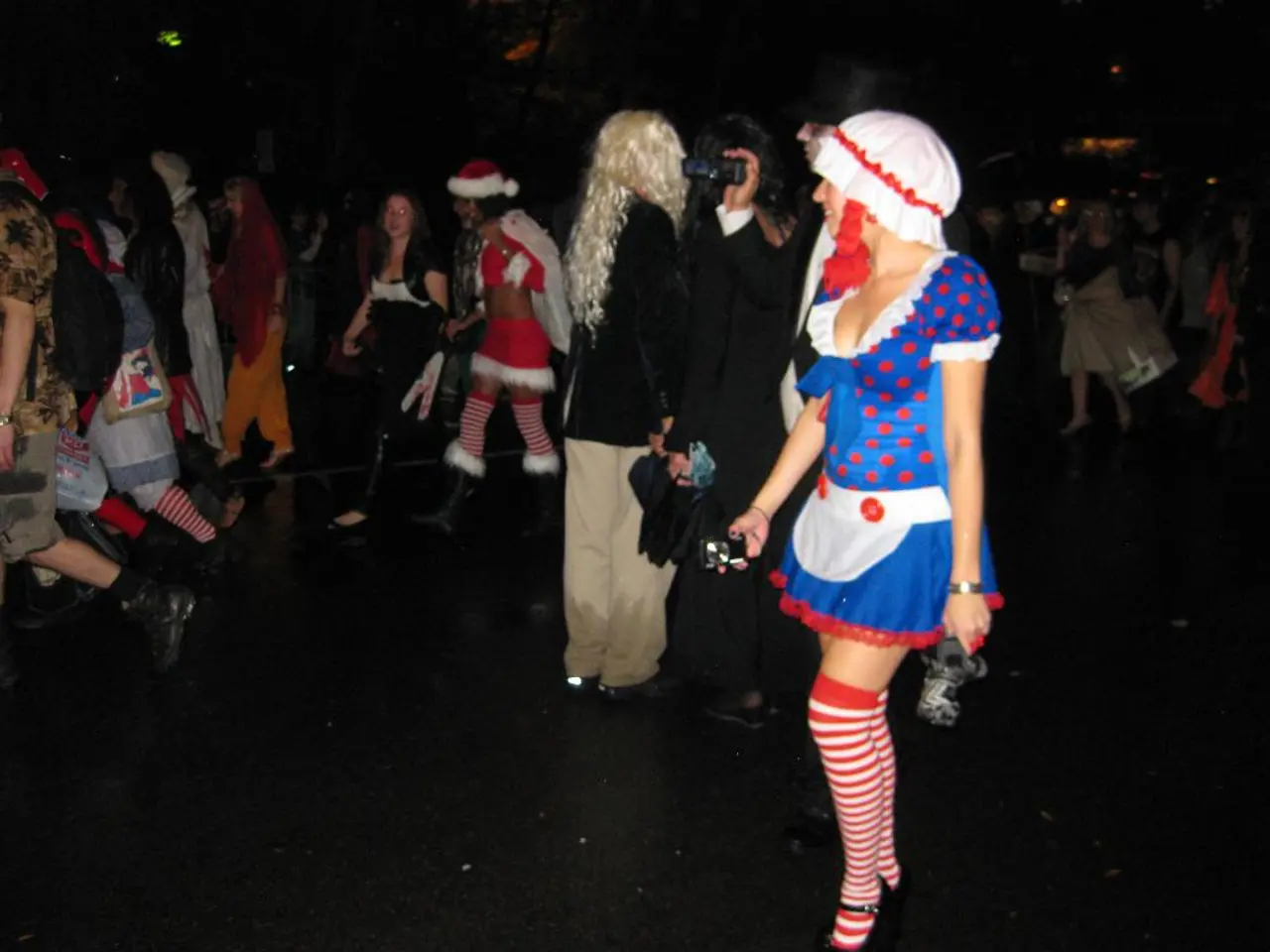Exploring Enchantment and Imagery: Critique on Manga 'Witch Hat Atelier'
In the enchanting world of Kamome Shirahama's "Witch Hat Atelier," a Seinen manga series, a young girl named Coco dreams of becoming a witch despite being born without magical ability. This captivating tale, published in the monthly 'Morning Two' magazine since July 2016, has since won 7 awards across America, France, Spain, and South Korea.
Set in a world where magic is a complex and disciplined craft, Coco's aspiration seems challenging given that magic is typically inherited or taught. However, her fate takes a turn when she meets Qifrey, a mysterious traveling magician who introduces her to the world of witches and magical study.
The narrative follows Coco's journey as she becomes an apprentice at the Witch Hat Atelier, learning the art of magic through disciplined study and practice. Along the way, she encounters various challenges and mysteries in the magical world, exploring themes of learning, growth, and the discovery of hidden aspects of magic.
The world of "Witch Hat Atelier" is richly detailed, with a diverse cast of characters. The witches, known as Pointed Caps, are bound by two main rules: they must not be seen drawing spells by an Unknowing (non-witches) or teach an Unknowing magic, and casting magic directly on the body, including healing magic, is forbidden except for memory-wiping magic.
Shirahama's artwork in "Witch Hat Atelier" is noted for its dynamic compositions, use of overlapping panels, and intricate framing that convey emotions and tones. Drawing inspiration from Art Nouveau and storybooks like Lewis Carroll's 'Alice in Wonderland,' the series features a diverse representation of people, including queer people, people of color, and disabled people.
One character, Coustas, loses mobility of his legs due to an accident. His struggle with disability is portrayed, and the story presents a moral dilemma about restricting the use of magic. A new mobility aid for Coustas is created using magic, allowing him to maneuver freely through the air without requiring the use of his legs.
Another character, Qifrey, is a Brimhat, a witch who disobeys the Knights Moralis to perform magic on the body. This act is considered forbidden, leading to the erasure of memories for those who learn the secret of magic or perform forbidden magic.
As of October 2022, "Witch Hat Atelier" has sold 4.5 million copies. The narrative handles disabilities in a positive way, never trying to cure them but instead trying to open up new opportunities using magic. The series also tackles the moral implications of magic, raising thought-provoking questions about its use and misuse.
An anime adaptation of "Witch Hat Atelier" is currently in production, promising to bring this captivating tale to a wider audience. With its engaging storyline, rich world-building, and beautiful artwork, "Witch Hat Atelier" is a must-read for fans of fantasy and coming-of-age stories.
In the realm of entertainment, the anime adaptation of Kamome Shirahama's "Witch Hat Atelier" is currently in production, promising to expand the captivating fantasy series to a broader audience. This engaging story, with its focus on themes like learning, growth, and the exploration of moral issues related to magic, resonates with fans of news and lifestyle, fashion-and-beauty, books, and entertainment.
Among the diverse cast of characters in "Witch Hat Atelier," Coustas, a character who lives with a disability, experiences a significant change in his life through the use of magic-assisted mobility aid. This narrative element, along with other topics such as the portrayal of queer, racial, and disabled individuals, makes the series relevant to contemporary issues in the books and lifestyle domains.






